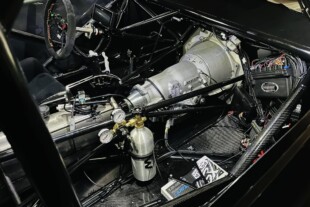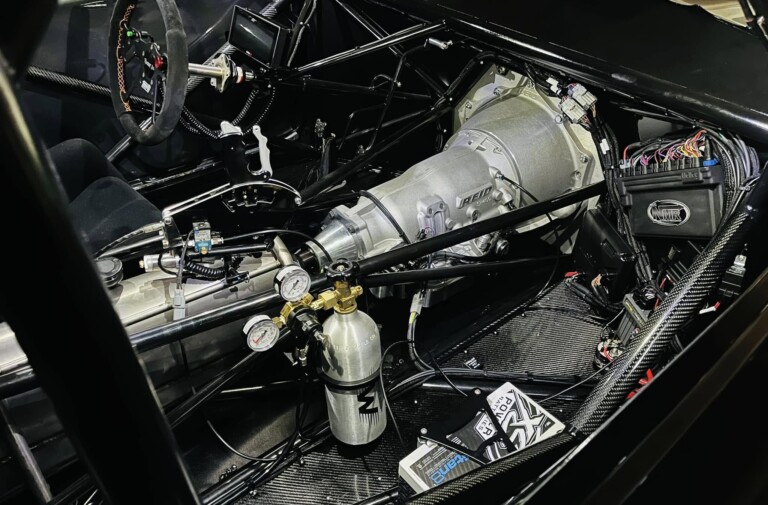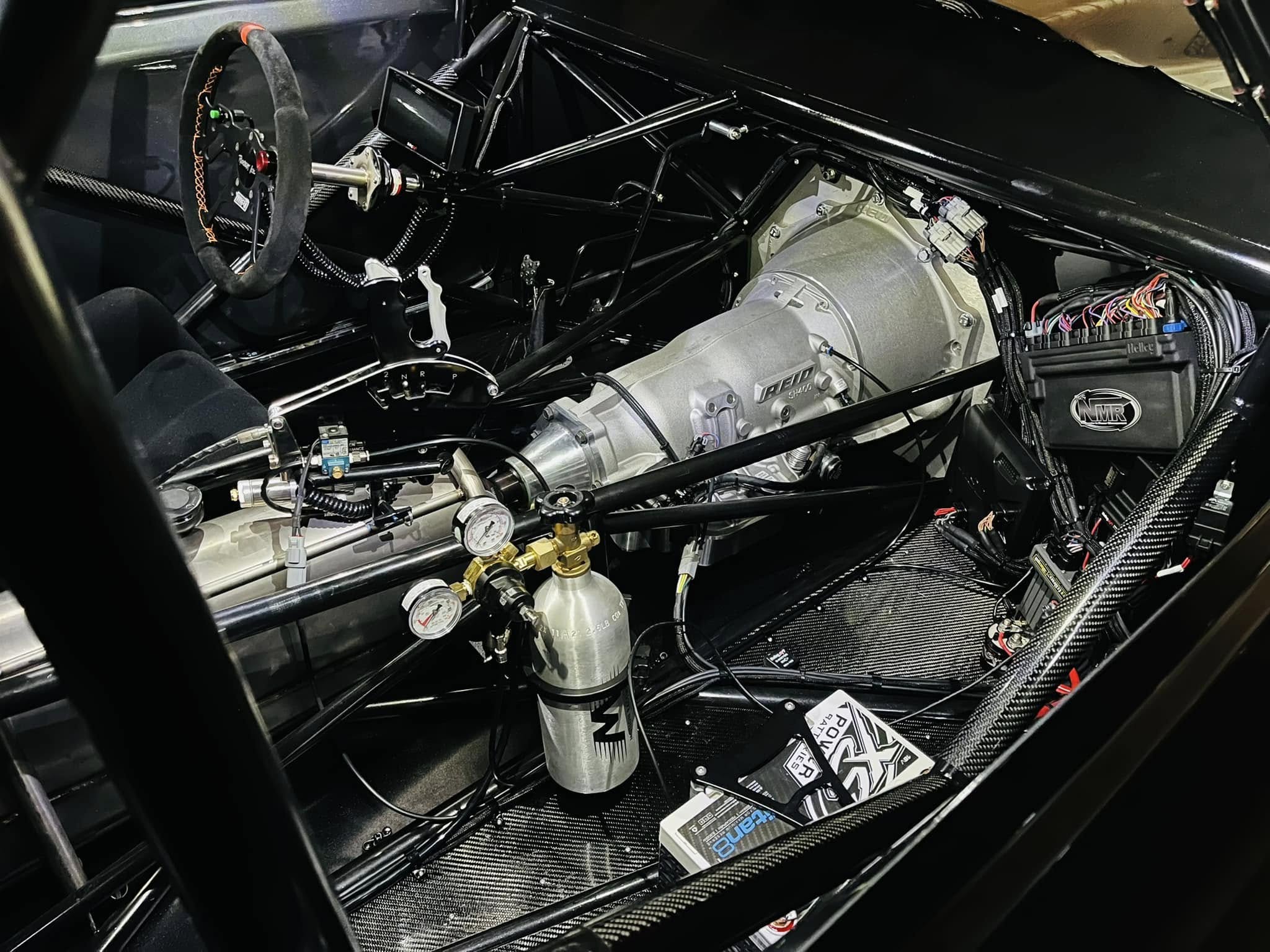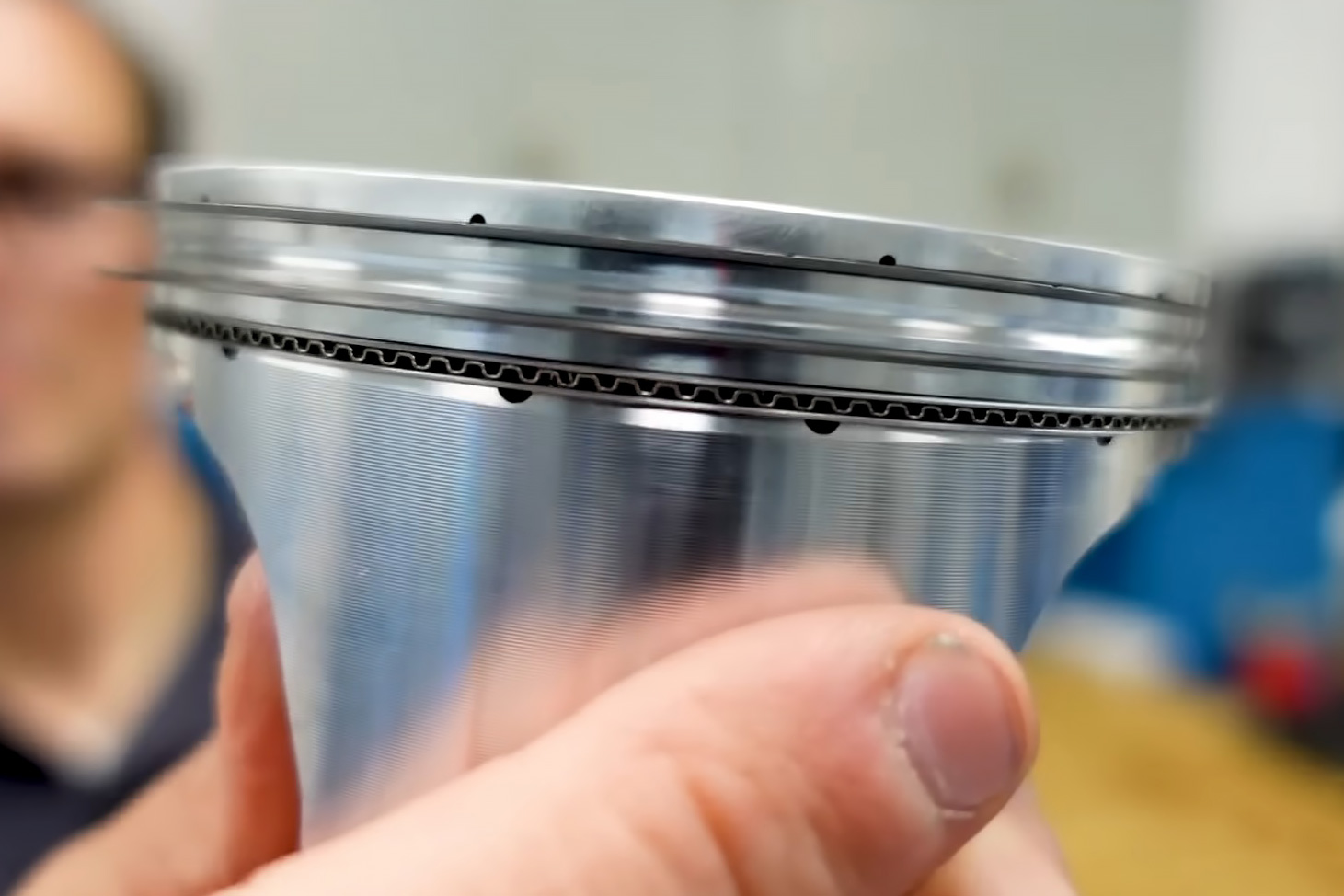If you are looking to get the most displacement out of any engine combination you may not know the benefits of aftermarket cylinder sleeves and big bore kits. There is an entire range of sleeve options and material compositions available at your fingertips that can beef up any block. With the help of this Real Street Performance YouTube video, we highlight the different types of aftermarket piston sleeves and their uses.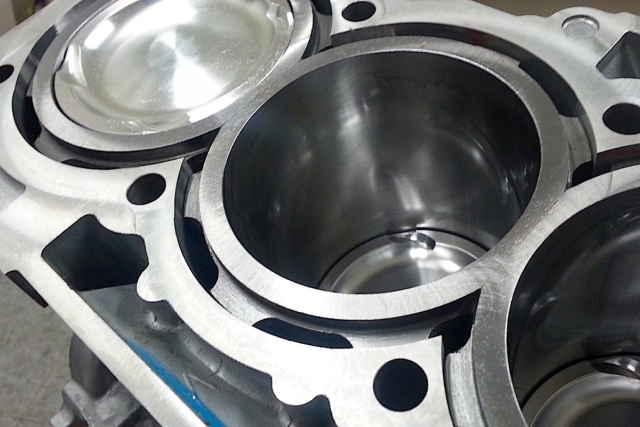
In this video, Jay outlines the particular reason why you would consider going to aftermarket cylinder sleeves, pointing out the common reasons leading to this type of modification. Cylinder repair is a common reason for the sleeve addition — whether the cylinder wall is damaged after a dropped valve or the collapse of a ring land. Other determining factors for going with an aftermarket sleeve include the limitation of the factory cylinder wall composition and strength, the increase of cylinder bore sizing, or the ease of bore liner replacement.

Modular Integrated Deck (MID) style wet sleeves locate the cylinder bores and add improved block integral strength.
Wet Sleeves
A wet sleeve is defined as a cylinder sleeve type in which the water in the cooling system comes into direct contact with a significant portion of the sleeve body. In this type of application the sleeve is entirely supported at the top and bottom of the block, requiring this particular type of liner to be very durable and able to withstand the forces along its entire unsupported cylinder wall.
The installation of a wet sleeve requires the removal of the block cast cooling jackets, and should be performed by a reputable machine shop. The addition of o-rings is also needed to achieve the correct seal between the cooling and oil passages. Most manufacturers incorporate cooling fins on the outside of the liner to help dissipate heat along the entire cylinder wall.
Dry Sleeves
 This design of sleeve gets its name from the fact that instead of contacting the cooling jackets of the engine and merely replaces the factory style cylinder bore with minimal modification, unlike the wet style sleeve.
This design of sleeve gets its name from the fact that instead of contacting the cooling jackets of the engine and merely replaces the factory style cylinder bore with minimal modification, unlike the wet style sleeve.
There are two common types of dry sleeves available on the market, a flanged sleeve is preferred in higher horsepower applications. The upper deck portion of the flange sleeve serves as a seal to contain combustion chamber pressure while it is securely held in place by the cylinder head. Flanged type jackets can easily be removed if any cylinder wall damage occurs, leading to replacement becoming commonplace in time sensitive racing programs.
While a tubular or straight wall sleeves are usually installed as a replacement they are less desirable for high-performance applications. This particular sleeve is required to be pressed into the cylinder block and does not have the increased wall integrity, in comparison to the wet and dry flanged cylinder jackets.
 Next time you’re, heaven forbid, looking for cylinder block bore repair or looking to increase bore size or block strength, consider utilizing a dry or wet sleeve instead of scraping a block instead of laying down a grip of cash to replace this integral part.
Next time you’re, heaven forbid, looking for cylinder block bore repair or looking to increase bore size or block strength, consider utilizing a dry or wet sleeve instead of scraping a block instead of laying down a grip of cash to replace this integral part.



